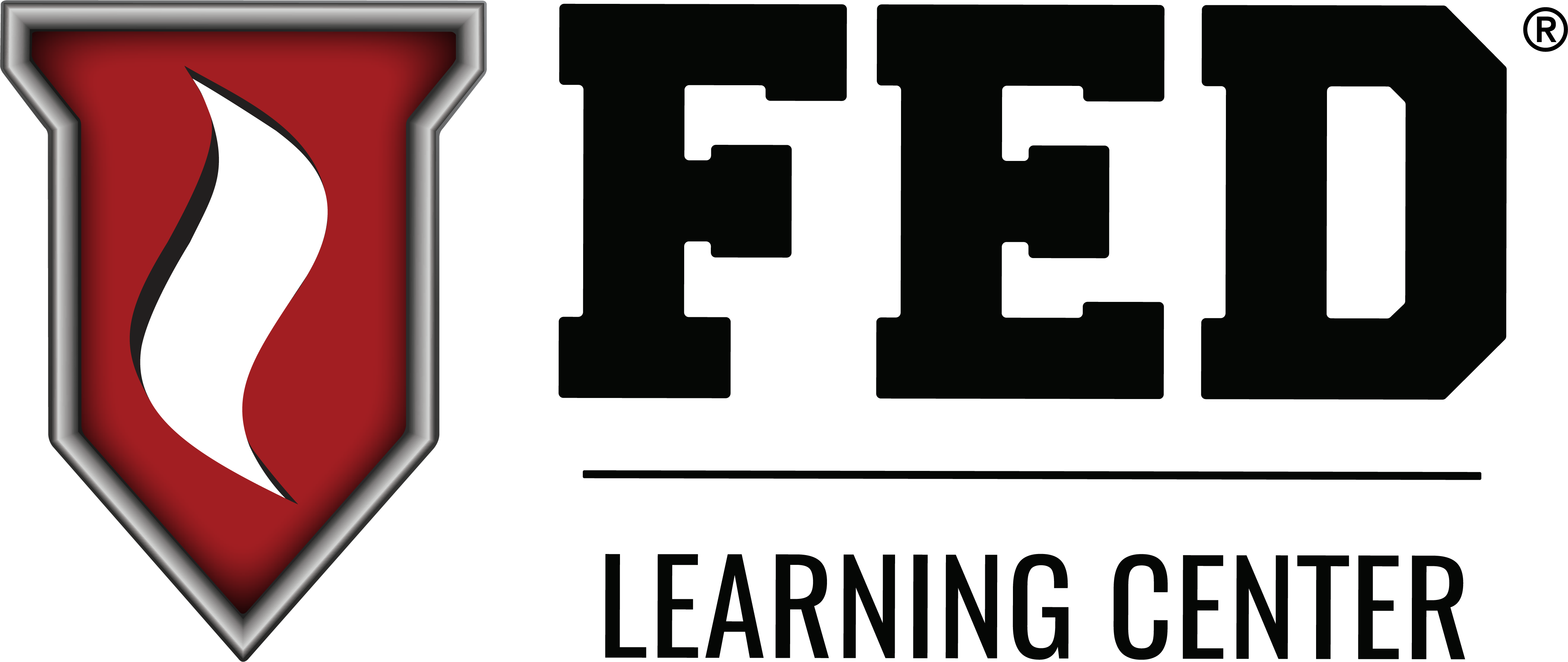Kitchen Suppression Systems: What Facility Managers and Restaurant Owners Need to Know
What is it, and why do you need it?
In a study conducted by NFPA, from 2010–2014, an estimated 7,410 structure fires in eating and drinking establishments were reported to U.S. fire departments each year, resulting in:
- Three civilian deaths
- 110 civilian injuries
- $165 million in property damage
Cooking equipment was the leading cause of fires in these properties, accounting for 3-out-of-5 fires (61%) and 38% of direct property damage. Other data indicates that deep fryers were involved 21% of the time, while ranges and cooktops accounted for 14% of the fires. Understanding these figures, it’s easy to see the importance of Commercial Kitchen Suppression Systems. But what are they, and how do they work?
A Commercial Kitchen Suppression System is an automatic wet chemical extinguishing system designed to protect equipment, life, and property. But to truly understand how they work, you first need to know more about commercial kitchens, like:
- How a Commercial Kitchen works
- How cooking appliances relate to each other
- How combustible grease accumulates and affects fire
Pay particular attention to the last bullet point above. That’s because it’s the catalyst for most kitchen fires. Be it on a flat-top grill, in a deep fryer, or the hood ductwork, grease will be the primary culprit of kitchen fires or fire spread simply because it’s so combustible. It’s not the only reason there are kitchen fires, but the main reason commercial kitchens require suppression systems.
While various brands and types of Kitchen Fire Suppression Systems exist, almost all provide the same essential functions. From shutting off heat sources to discharging a fine-mist spray of fire-extinguishing liquid, every component in a Commercial Kitchen Suppression System is designed to accomplish fire abatement. Ensuring that all these components are in proper working order is the key to the overall protection of a commercial kitchen.
That means routine inspection and maintenance of cooking equipment, the hood and exhaust systems, and fire extinguishing equipment (including fire extinguishers) are vital to ensuring that protection is maintained consistently for the restaurant. And that’s where trained service technicians come in. They know what parts must be checked, the codes and regulations that govern them, and how to repair/ replace any or all system components. They are also instrumental in instructing employees on using portable fire extinguishers, the manual actuation of the fire-extinguishing system, and how to inspect hoods for grease buildup.
This information offers a basic overview of what Facility Managers and Restaurant owners need to know. Several other factors and requirements not covered here must be provided to ensure commercial kitchens are fully compliant. NFPA 96 Standard for Ventilation Control and Fire Protection of Commercial Cooking Operations is a great place to start for more information.

